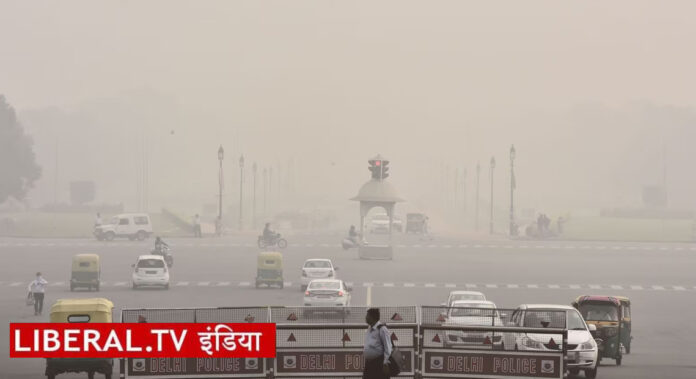Delhi has seen an improvement in its air quality, with the Air Quality Index (AQI) moving to the ‘poor’ category from the previously hazardous ‘very poor’ levels. This slight relief comes amid ongoing efforts by authorities and favorable weather conditions.
Out of all the monitoring stations of Delhi, Shadipur was the most polluted on Monday morning with an AQI of 347 (very poor category), while Lodhi Road (IITM) station, as mentioned above, recorded the lowest AQI at 95.
What are the highlights:
AQI Status: The current AQI falls in the ‘poor’ range, reflecting better air quality compared to the last few weeks of severe pollution. However, it remains a concern for individuals with respiratory issues.
Improvement Factors: Favorable meteorological conditions, including improved wind speed, have helped disperse pollutants. Measures such as restrictions on construction activities, water sprinkling, and anti-smog operations also contributed to the decrease.
Health Advisory: Despite the improvement, health experts advise caution. Long-term exposure to ‘poor’ AQI levels can still pose risks, especially to children, the elderly, and those with pre-existing health conditions.
Sustainable Practices Encouraged: Authorities continue to urge residents to adopt eco-friendly habits, such as reducing vehicle use, carpooling, and avoiding open burning, to sustain the improvement.
Future Forecast: Air quality may fluctuate depending on weather changes and local pollution sources, but steps are being taken to prevent a return to severe levels.
While the improvement in Delhi’s air quality offers temporary relief, sustained efforts from both the government and citizens are essential to achieve long-term solutions to the city’s persistent pollution problem.



